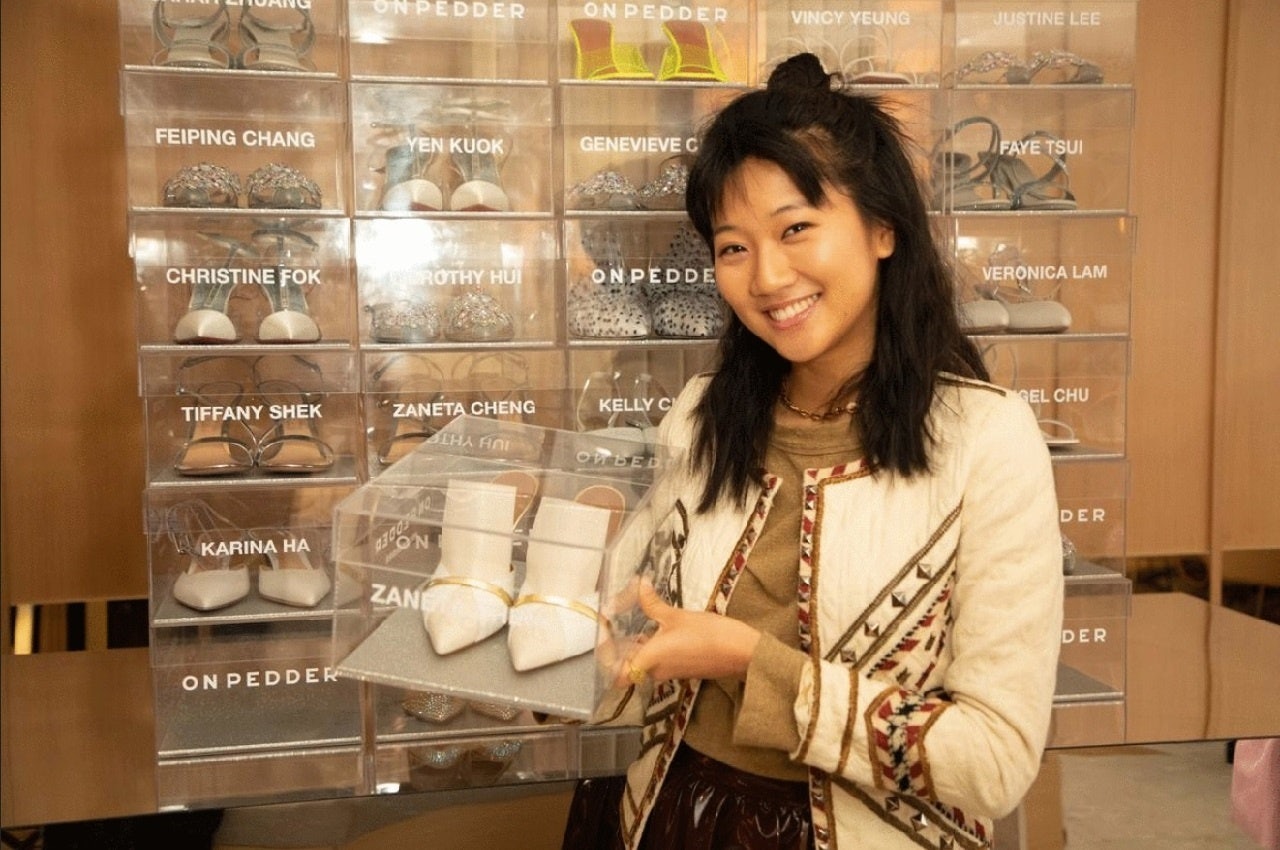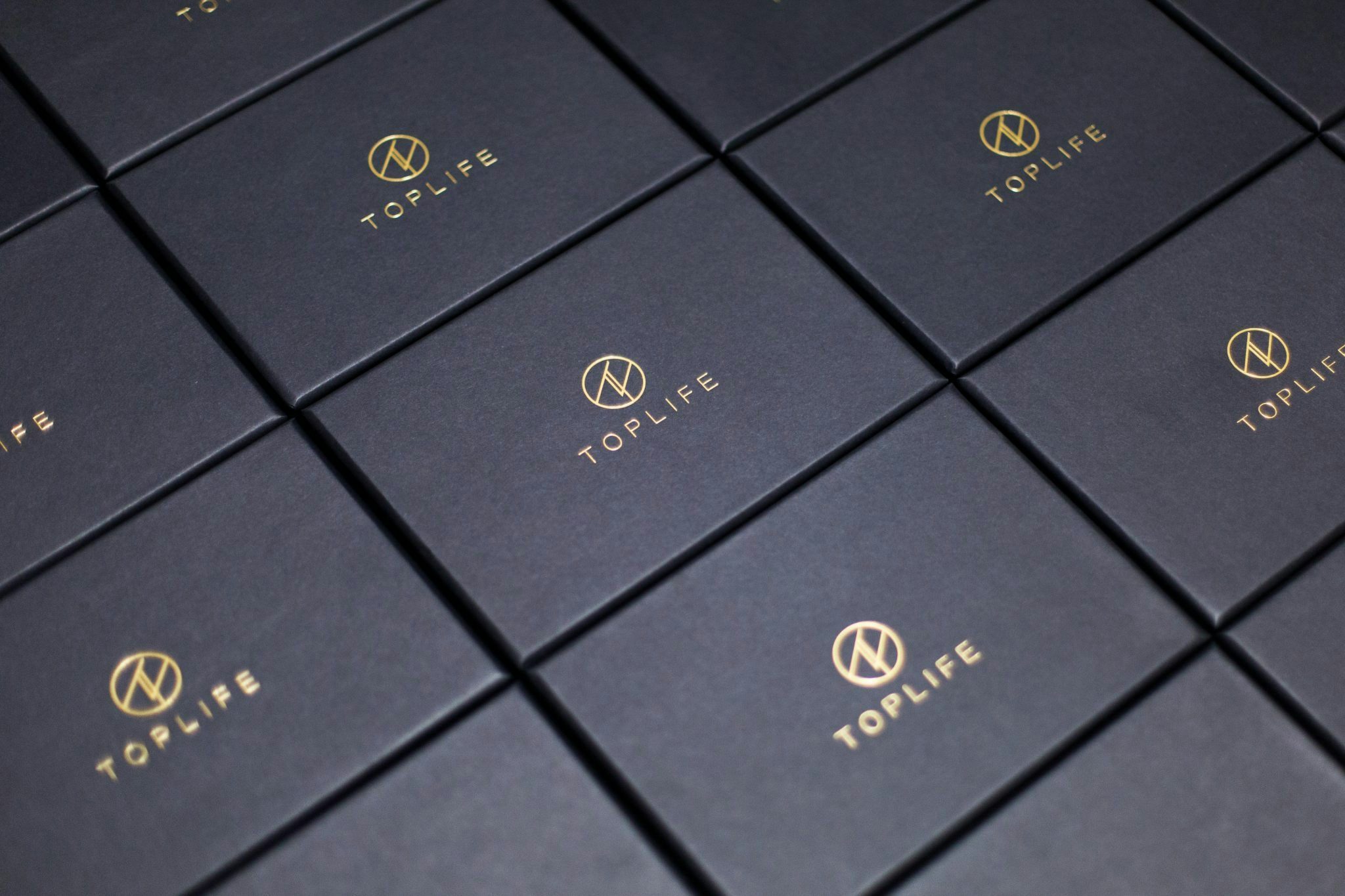Over the last few years, a quiet but steady shift has been taking place among Chinese luxury shoppers. Big logos are no longer a priority, and in their place, niche high-end labels and boutique products have been reshaping the retail landscape and are now becoming the new signifiers of luxury consumption.
This swing has been propelled by changes within the market itself, which has become younger and increasingly more sophisticated. While only a decade ago it was all about knowing the difference between Gucci and Prada, today’s new generation of wealthy shoppers are driven by the quest for "quality," "distinctiveness," and "craftsmanship" — all elements that smaller, bespoke names in the industry often build their brands upon.
“Chinese customers are very dynamic,” said Sara Wong, Director of Merchandising for Hong Kong-based Pedder Group, the accessory specialist part of the Lane Crawford Joyce Group. “They are traveling and are very connected on social media, so they know what is trending globally. Traditionally, they would be attracted to brands with distinct logos, but now it’s all about hunting down brands that are new, unique, and relevant.”
“There’s a thrill for discovery," added Chen Liang, Director of the London and Hong Kong-based luxury communication agency CDGL. “For many younger consumers — particularly Gen Zers — the idea of finding a cool brand their peers don’t know about is quite exciting. But they’re also looking for authenticity, originality, and a sense of personality. Niche brands often capture all that.”
So much so, that a few have become phenomena in China. American skincare company Erno Laszlo is a case in point. The 93-year-old premium brand, which entered the market five years ago on Tmall and with a number of counters across Chinese department stores, has garnered a loyal following for its high-quality products in the country where consumers have even gone so far as to create nicknames for Laszlo’s products as a seal of endorsement. And the company has won this success despite being one of the smaller players in the recent beauty industry boom.
For Chief Marketing Officer Kristy Watson, that’s exactly what has played to Erno Laszlo’s advantage. “The smaller you are the easier it is to have a one-to-one conversation,” she said. “As a niche brand, you have to be better than the larger brands at placing the consumer first. The more consumer-centric the better. The other very important attribute of being niche is the team you build and how their passion translates into a more special experience for the consumer. [And then there is] the power of the consumers themselves. They have become our most important ambassadors. From the day they discover us, they learn and engage until they become part of who we are.”
To that end, the company makes a point of engaging its clients through word-of-mouth marketing or personal recommendations, while also working closely with KOLs who post on their behalf on Chinese social media platforms. “It’s a digital-first strategy with offline spaces providing a high touch and human interface,” Watson explained. And it’s working successfully. 60 percent of Erno Laszlo’s business comes from Tmall revenues in China (although Taobao will soon to become its main focus), and the brand is currently in the process of expanding its physical footprint with more “Laszlo Spaces” as a way to create “a richer, more fulfilling connection” for its clientele, Watson said.
The boutique handbag brand Welden, which only opened in the U.S. in 2015, has also become an "it" name in China thanks to the personal approach it offers consumers, not to mention their clever foray into the country’s digital retail sphere. In November 2017, it debuted on Taobao Global Platform, an online space where Chinese buyers and brand developers showcase handpicked products they love to be livestreamed to over 40,000 followers. In Welden’s case, they were selected by the co-founders of the fashion company And Luxe Inc., Marc Yuan and Zoe Zhang. “The event was done from my home and the customer was able to establish a connection with us and the products,” said Welden founder Sandy Friesen. “The feedback was a love for the unique DNA, the quality, and the functionality of the bags.” In the span of two days, the Connecticut-based label had generated almost 300,000 in gross merchandise volume, attracting 808,000 views and 4.06 million likes on its first day alone. By the end of the livestream, it had sold over 1,000 bags.
Besides the sense of relationship Welden created with its Chinese shoppers, Friesen believes what resonated the most was that the brand had a point of view. “Many of the major brands have started looking similar, and innovation has slowed,” she explained, “while smaller labels are offering something novel and exciting to the market. They have a story to share and are captivating customers with that story or journey. Shoppers want more, and niche brands are able to connect on an intimate level with them.”
For Pedder Group, the demand for boutique luxury labels and emerging designers became so high among clients that they decided to launch "Studio": a space where the Pedder team brings in a bespoke selection of new brands in both the footwear and handbag sectors. “This part of our business has seen triple-digit growth season over season in the last couple of years,” Wong said. The retail group also works with some smaller brands to design and develop exclusive capsules collections and pop-ups for their clients. These, too, have performed very well in recent years. “Though newer and younger, some of these designers are just wildly talented,” Wong said. “In footwear, BY FAR and Aeyde are both performing exceptionally strong. Both brands are relatively new to our brand matrix (under one year) but have already seen significant success. For handbags, Wandler continues to see great growth and demand.”
As the power of niche continues to gain a foothold, some labels are also exploring creative social media strategies to mark their presence in China. Clergerie, a historical French luxury footwear company that performs remarkably well with Chinese tourists and is currently only available in a few department stores in China, recently unveiled a collaboration with stylist and KOL Lucia Liu for its spring/summer 2019 collection: a line of shoes that blend “French shoemaking and Chinese embroidery.” Its announcement created plenty of buzz on both the brand’s and Liu’s social media channels. “Boutique brands are an ever-evolving market,” Wong said.
As such, those brands might open new frontiers for luxury branding and marketing in China. “Smaller companies can play off their individuality and personal touch in ways more established names can’t. This is where their competitive advantage lies,” said Liang of CDGL. “Their biggest challenge is to use it wisely in their strategies and efforts. Niche brands are willing to try different things. They have the privilege to be more adventurous, their costs are small, and China is the perfect place for them to grow and play.”


